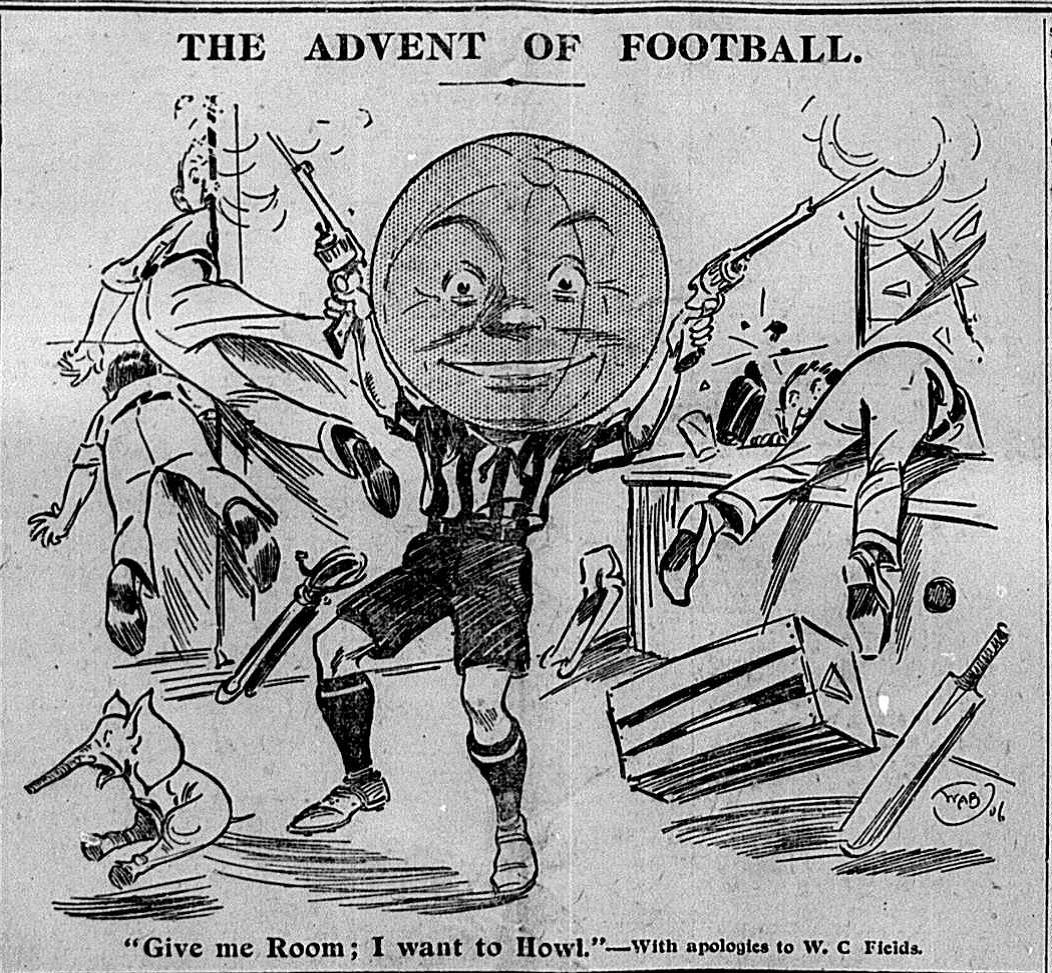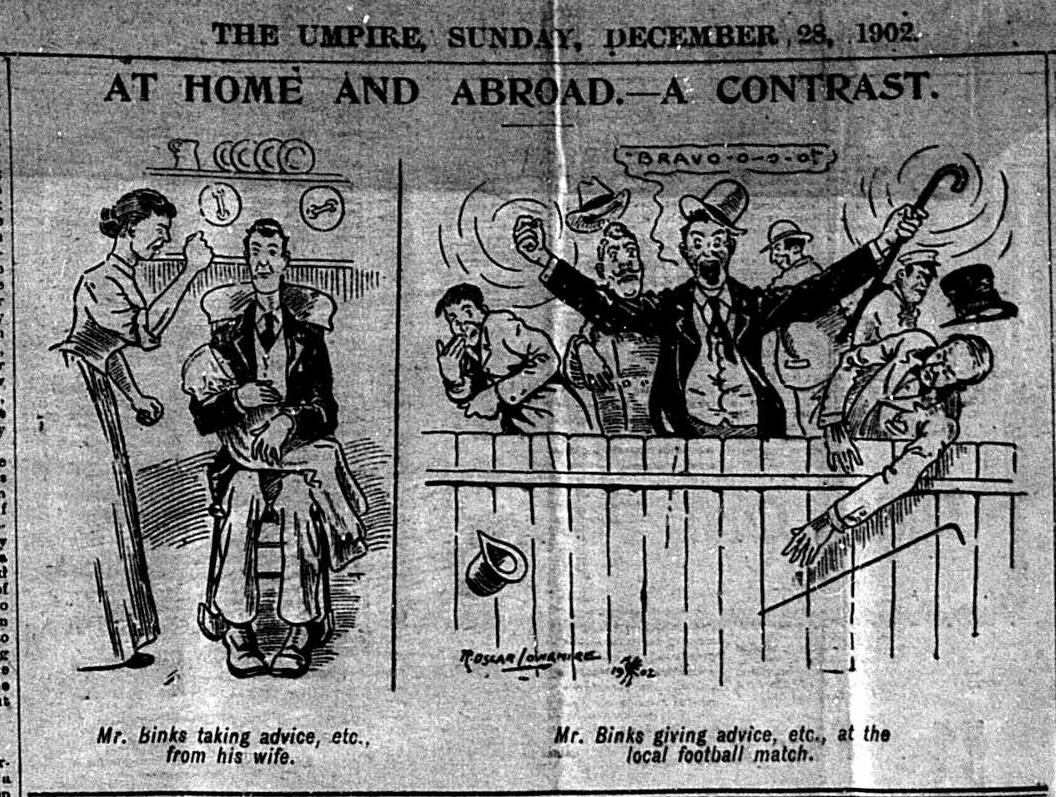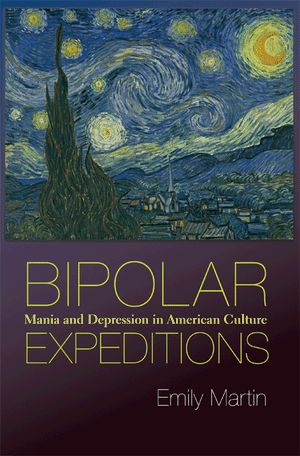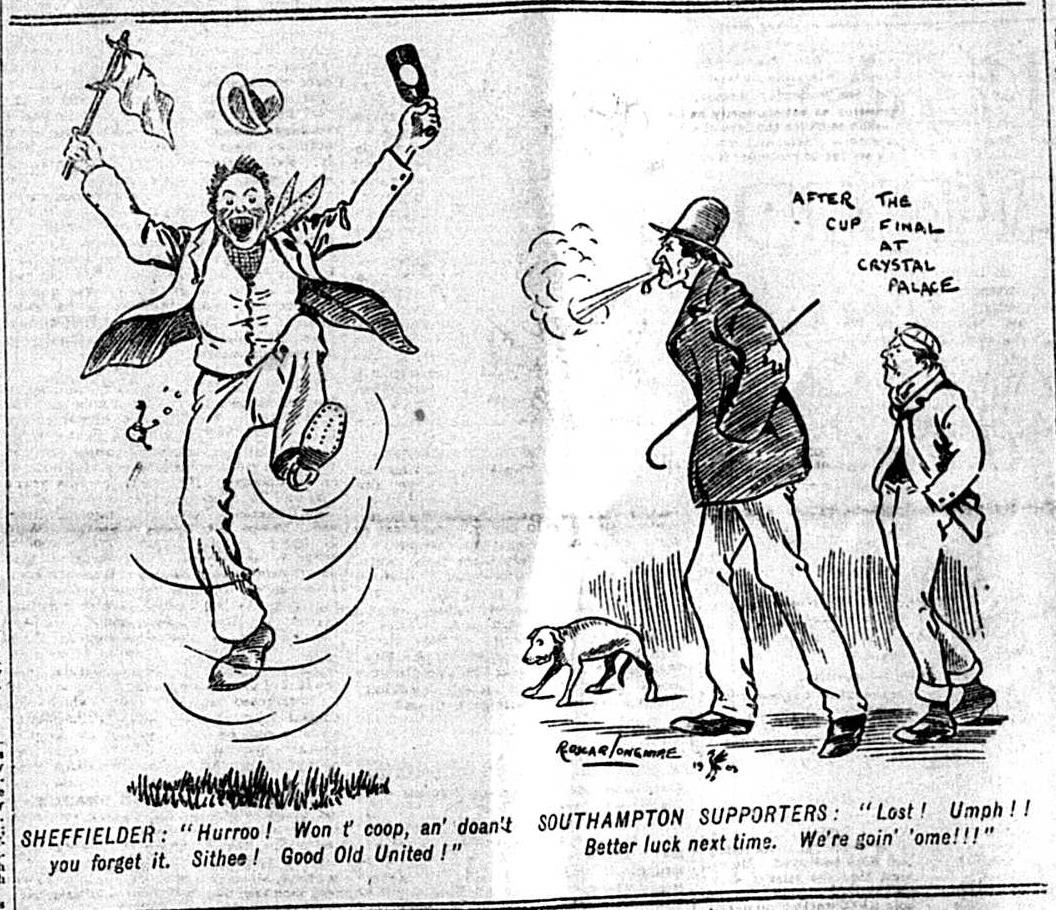Professor William M. Reddy is William T. Laprade Professor of History and Professor of Cultural Anthropology, at Duke University.
Here he reviews Professor Jan Plamper‘s introduction to the field.
Jan Plamper, The History of Emotions: An Introduction, translated by Keith Tribe (Oxford: Oxford University Press, 2015), a translation of Geschichte und Gefühl: Grundlagen der Emotionsgeschichte (Munich: Siedler Verlag, 2012)
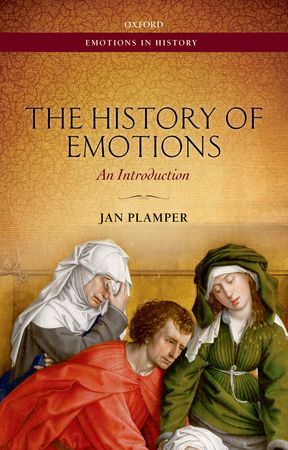 Plamper’s important new book has less to say about the treatment of emotions in the discipline of history than it does about their treatment in other disciplines. But this is as it should be. Study of emotions is peculiarly interdisciplinary. Several disciplines appear to have a special claim on the topic: literary studies, and more generally the study of artistic expression; religious studies; psychiatry; psychology (experimental, social, and clinical); and the neurosciences (cognitive and affective, as well as neurophysiology). In addition, certain anthropologists, sociologists, and philosophers have focused their research and writing on the emotions. The anthropology of emotions and the sociology of emotions have almost the status of subfields, although, as Plamper notes, the study of emotions in anthropology (unlike in other disciplines) has been in something of a decline in the last fifteen years.[1] Behavioral economists like Robert Schiller have offered influential theories of emotional behavior in markets, especially in relation to bubbles and crises.[2]
Plamper’s important new book has less to say about the treatment of emotions in the discipline of history than it does about their treatment in other disciplines. But this is as it should be. Study of emotions is peculiarly interdisciplinary. Several disciplines appear to have a special claim on the topic: literary studies, and more generally the study of artistic expression; religious studies; psychiatry; psychology (experimental, social, and clinical); and the neurosciences (cognitive and affective, as well as neurophysiology). In addition, certain anthropologists, sociologists, and philosophers have focused their research and writing on the emotions. The anthropology of emotions and the sociology of emotions have almost the status of subfields, although, as Plamper notes, the study of emotions in anthropology (unlike in other disciplines) has been in something of a decline in the last fifteen years.[1] Behavioral economists like Robert Schiller have offered influential theories of emotional behavior in markets, especially in relation to bubbles and crises.[2]
Plamper thinks it is a good thing (and this reviewer agrees) that historians have not “come under the influence of the neurosciences” (298). But the best way to guard against such infelicitous influence, he insists, is to acquire a minimal facility with the whole range of assumptions and methods that scholars have deployed in various disciplines to delimit and account for “emotions.”
A number of scholars, including Daniel Gross and Ruth Leys, have already voiced carefully reasoned critiques of the routine methods of neuroscientists and experimental psychologists, of certain misleading (if not downright disingenous) “popularizations” of neuroscientific findings, and of the humanist scholars who have unreflectively borrowed from such popularizations, including certain proponents of Affect Theory and Cognitive Approaches to Literature.[3] A report of the US General Accountability Office of November 2013 has raised serious questions not just about lie detecting via study of facial muscle movements, but also, by implication, about the whole “basic emotions” approach to the study of affect, which treats affect as a package of genetically preprogrammed response modules.[4]
Within neuroscience itself, a vocal minority has raised persistent questions about the reigning “basic emotions” view, for example, in Luiz Pessoa’s recent book, The Cognitive-Emotional Brain: From Interactions to Integration (Cambridge: MIT Press, 2013). Pessoa, a prominent and innovative researcher on the amygdala, argues for something that most human beings throughout most of history would have regarded as common sense, that is, that emotion and thought are the same thing. Pessoa not only rejects basic emotions theory, but finds affect and cognition so deeply intertwined as to be indistinguishable in the brain. This view has been gathering adherents in neuroscience over the last fifteen years or so—in part as a result of increasingly sophisticated brain imaging technology.[5] Will it continue to win over more and more supporters? If it did, it might be because the structure of the brain is in conformity with the vocabulary of the vast majority of human languages. In Balinese, Ilongot, Sanskrit, ancient Hebrew, Homeric Greek—to name just a few—there are no terms for distinguishing the domain of thought from that of emotion.[6]
In view of this stark fact, and of neuroscience studies that increasingly support the view that the familiar thought-emotion distinction is a local cultural construct, one must ask why this thought-emotion distinction continues to have such a strong hold on the “cogmotion” and on the behaviors of so many “Westerners”?[7] To say nothing of the equally important question, why so many scholars have failed to ask this question up to now.
These are questions that require historical answers, and if the history of emotions is about anything, then it must also be about answers to these questions. Historians of emotion do, of course, have many other matters to examine. But they neglect this question at their peril: Why have millions of European and European-influenced persons continued, since the times of Plato, Cicero, and Seneca, to live lives in which some version of the thought-emotion distinction seems concrete and unassailable, even though a survey of other traditions indicates most human beings do not parse “experience” in accord with this distinction, and even though an emerging group of neuroscientists has challenged the validity of the distinction with compelling brain-imaging evidence?
One of the great merits of Plamper’s book, then, is that his reviews of research on emotion in various disciplines are organized historically. That is, for history, anthropology, and the “life sciences” (including physiology, psychology, psychoanalysis, and the neurosciences), Plamper walks the reader through the development of each field’s treatment of emotions, starting back in the nineteenth century or earlier. In doing so, he often relies on the research of other historians of emotion such as Thomas Dixon or Otniel Dror. But Plamper has also done a lot of prospecting of his own into original publications, doing valuable spade work that provides many starting points for further research. History has pride of place as the first discipline to be examined historically in this way, and also as the concern of the final chapter, in which Plamper tries to draw some conclusions from his survey. But the book as a whole provides an admirable introduction to the virtues of thinking historically about emotions—not just thinking about emotions in history. Because, when examined historically, the supposedly universally valid “findings” of research carried out on emotion in various disciplines begin to reveal their heavy debt to time and place, their highly contingent normative implications, their politics. Just as historians have discovered with race, gender, and sexuality, with concepts such as “class,” “incarceration,” “madness,” or “unemployment,” so with emotions: taking a historical perspective on emotions soon compels one to historicize and relativize the concept of emotions itself.
While Plamper does not deny that human nature has a role to play in emotions, he believes that too much energy has been absorbed by efforts to sort out the independent contribution of nature and nurture. This may be a blind alley, he believes. At least part of the contribution of the “nature” end of the polarity, after all, is the human proclivity to respond to utterances, including utterances about the self. As a result, “conceptions of emotion have an impact upon the way emotion is experienced in the self-perception of the feeling subject—the qualia, as it is called in psychology.” Recent research has “drawn attention to a feedback effect between the articulation of an ‘emotional word’ and the sensation of emotion. If I say ‘I am happy,’ a mechanism of self-examination can be set in motion to determine whether I do really feel happy at this moment.” Its “self-exploratory process” can find that I do not, or find the opposite, “and overwrite other emotions felt at the same time. The current vogue in popular psychology for Neuro-Linguistic Programming (NLP) is to a large extent based upon this latter postulate, as is counselling that founds everything upon the transformative power of verbalized feelings.” (32-33) As William Ian Miller has put it, notes Plamper, “ ‘once we name an emotion it takes on a life of its own.’”[8]
In fact, not just naming emotions, but all kinds of expression of what many Westerners tend to call “emotions”—including intended and unintended facial and gestural movements as well as bodily changes such as tears or blushing—have shaping and/or exploratory effects on the self. Plamper quotes historian Monique Scheer with approval on this point. “Scheer thinks that there is always a physical dimension to emotion, even if this is drenched with culture and history. One does not ‘have’ emotions; it is more like trying them out, or doing emotion, ‘along a continuum from wholly conscious and deliberate to completely inadvertent, shifting in the course of their [emotions] execution along this continuum.’” Scheer thus urges attention to bodily language, to all forms of physical feeling, as aspects of collectively shaped practices.[9] I am entirely in accord with Scheer’s suggestions; they represent a significant improvement on my own earlier proposals, as Plamper indicates.[10]
Thus the history of emotions, for Plamper, is first and foremost the history of collective and individual experimentation and improvisation with idioms or politically significant “regimes” of emotional expression. Scientific research on emotions, especially insofar as it has been too deeply inflected by a traditional Western split between reason and emotion (itself an aspect of Western expressive regimes), comes up as yet another episode in the history to be recounted.
One might fault Plamper for failing to examine one or more illustrative cases in depth. Without an appreciation of how the history of emotions works in practice, in coming to grips with the documents, it is impossible to evaluate its strengths. But this would be asking Plamper’s book to do something it was not intended to do. Together with its bibliography (expanded since the appearance of the original German edition), and a new glossary of technical terms useful to anyone working in this interdisciplinary field, the book serves as a splendid guide to further reading.
Follow William Reddy on Twitter: @WilliamMReddy
Preview the first chapter of Jan Plamper’s book at the Oxford University Press website.
Read a review of Jan Plamper’s book by Rob Boddice, with an author’s response, on the IHR Reviews in History website.
Read a roundtable of reviews on William Reddy’s The Making of Romantic Love: Longing and Sexuality in Europe, South Asia, and Japan, 900-1200 CE.
Read other book reviews on the History of Emotions Blog
REFERENCES
[1] For Sociology, see Jonathan H.Turner and Jan E. Stets, The Sociology of Emotions (Cambridge: Cambridge University Press, 2005); on anthropology, see Andrew Beatty, “Current Emotion Research in Anthropology: Reporting the Field,” Emotion Review 5(2013):414-422; Bonnie McElhinny, “The Audacity of Affect: Gender, Race, and History in Linguistic Accounts of Legitimacy and Belonging,” Annual Review of Anthropology 39(2010):309-28.
[2] Robert J. Schiller, Irrational Exuberance, revised edition (Princeton, N.J.: Princeton University Press, 2015): George A. Akerlof and Robert J. Schiller, Animal Spirits: How Human Psychology Drives the Economy, and Why It Matters for Global Capitalism (Princeton, N.J.: Princeton University Press, 2010).
[3] Gross, Daniel M., The Secret History of Emotions: From Aristotle’s Rhetoric to Modern Brain Science (Chicago: University of Chicago Press, 2006); Daniel M. Gross and Stephanie D. Preston, “Emotion Science and the Heart of a Two-Cultures Problem,” in Science and Emotions after 1945: A Translatlantic Perspective (Chicago: University of Chicago Press, 2014), pp. 96-117; Ruth Leys, “How Did Fear Become a Scientific Object and What Kind of Object Is It?” Representations No. 110(2010):66-104; Ruth Leys, “The Turn to Affect: A Critique,” Critical Inquiry 37(2011):434-472.
[4] United States Government Accountability Office, Aviation Security: TSA Should Limit Future Funding for Behavior Detection Activities, released 14 November 2013, downloaded from www.gao.gov/products/GAO-14-158T, on 18 November 2013.
[5] Kristen A. Lindquist, Tor D. Wager, Hedy Kober, Eliza Bliss-Moreau, and Lisa Feldman Barrett, “The Brain Basis of Emotion: A Meta-Analytic Review,” Behavioral and Brain Science 35 (2012): 121–43; Tor D. Wager, Jian Kang, Timothy D. Johnson, Thomas E. Nichols, Ajay B. Satpute, and Lisa Feldman Barrett, “A Bayesian Model of Categor-Specific Emotional Response,” PloS Computational Biology, DOI:10.1371/journal.pcbi.1004066 April 8, 2015, pp. 1-27.
[6] As Bonnie McElhinny remarks, anthropological work on emotions in the 1980s and 1990s undermined “binary approaches to thinking about emotion and reason, which tended to associate emotion with negative characteristics such as irrationality, instinct, or irresponsibility, all not incidentally associated with negatively stereotyped groups, such as women, racialized groups, children, and/or the poor …” McElhinny, “The Audacity of Affect,” 311. See also, on Sanskrit, June McDaniel, “Emotion in Bengali Religious Thought: Substance and Metaphor,” in Emotions in Asian Thought: A Dialogue in Comparative Philosophy, ed. Joel Marks and Roger T. Ames (Albany: State University of New York Press, 1995), 39–63; on Homeric Greek, Barbara Koziak, “Homeric Thumos: The Early History of Gender, Emotion, and Politics,” Journal of Politics 61 (1999): 1068–91; for further discussion, see William M. Reddy, “Humanists and the Experimental Study of Emotion,” in Science and Emotions after 1945: A Transnational Perspective, edited by Frank Biess and Daniel M. Gross, (Chicago: University of Chicago Press: 2014), 41-66.
[7] “Cogmotion” is a term coined by Douglas Barnett and Hilary Horn Ratner, “Introduction: The Organization and Integration of Cognition and Emotion in Development,” Journal of Experimental Child Psychology 67(1997):303-316; see also Ute Frevert, “Was haben Gefühle in der Geschichte zu suchen?” Geschichte und Gesellschaft 35(2009):183-208, see p. 190.
[8] William Ian Miller, The Anatomy of Disgust (Cambridge, Mass.: Harvard University Press, 1997), 31; cited by Plamper, p. 32.
[9] Plamper, The History of Emotions, 269, quoting Monique Scheer, “Are Emotions a Kind of Practice (and Is That What Makes Them Have a History)? A Bourdieuan Approach to Understanding Emotions,” History and Theory 51(2012):193-220, quote from p.207.
[10] William M. Reddy, The Navigation of Feeling: A Framework for the History of Emotions (Cambridge: Cambridge University Press, 2001).

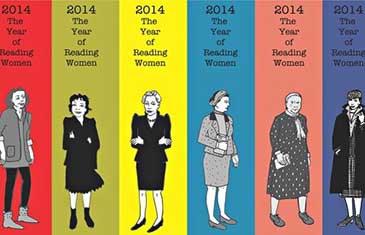



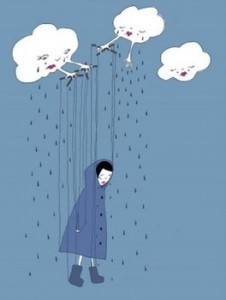
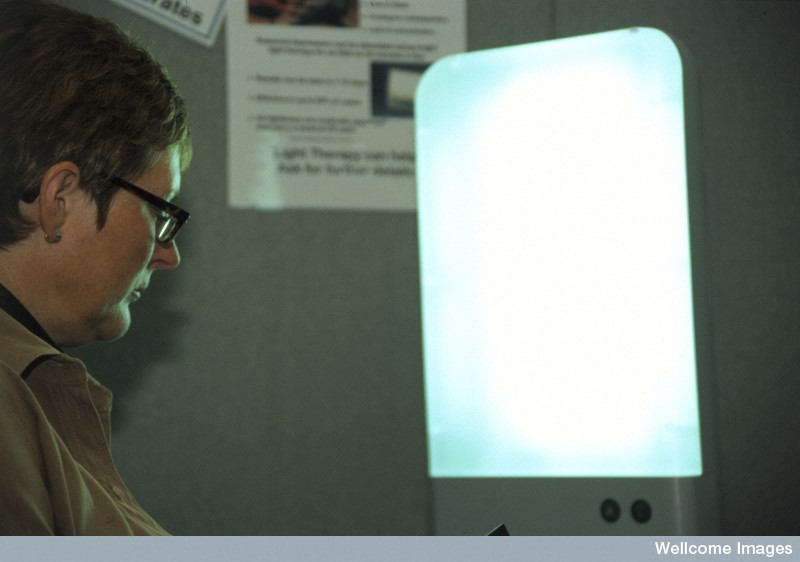







 I’m researching the history of ecstasy and ecstatic experiences in modern western culture, how spiritual ecstasy got pathologised from the Enlightenment to the present day, and how people found new ways to get out of their heads.
I’m researching the history of ecstasy and ecstatic experiences in modern western culture, how spiritual ecstasy got pathologised from the Enlightenment to the present day, and how people found new ways to get out of their heads. You’ve spoken of how rock can become an mass ecstatic surrender to the band or the charismatic guru (or even Fuhrer!) of the front-man. That’s something some artists have explored and played with – David Bowie, for example, or Kanye West today. What do you think of that sort of exploration of the rockstar-cult? Is it a dangerous game?
You’ve spoken of how rock can become an mass ecstatic surrender to the band or the charismatic guru (or even Fuhrer!) of the front-man. That’s something some artists have explored and played with – David Bowie, for example, or Kanye West today. What do you think of that sort of exploration of the rockstar-cult? Is it a dangerous game?
